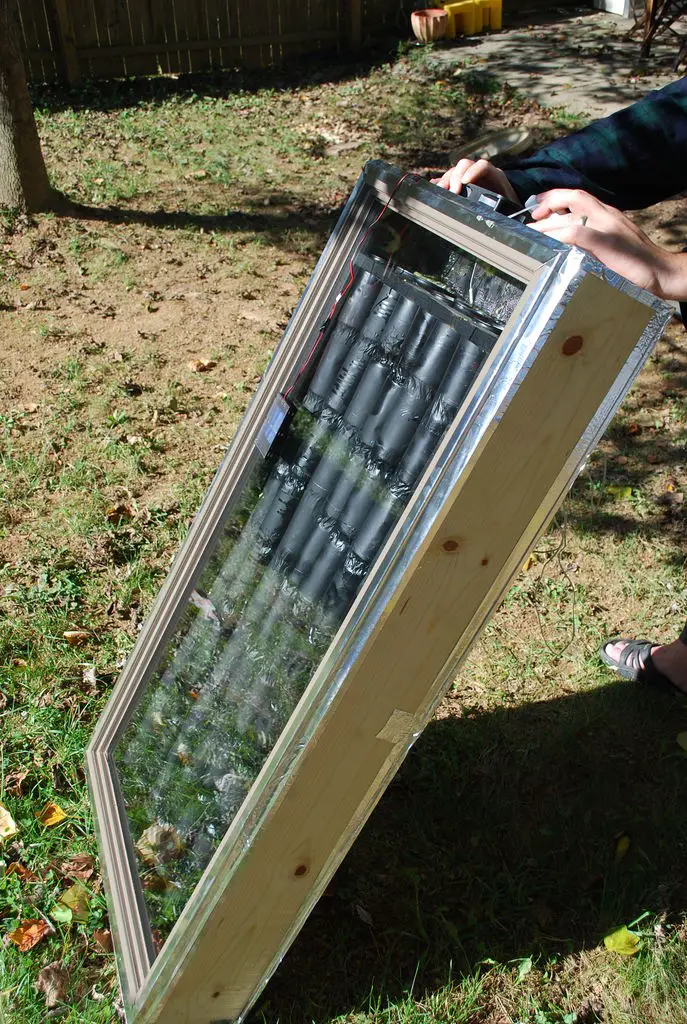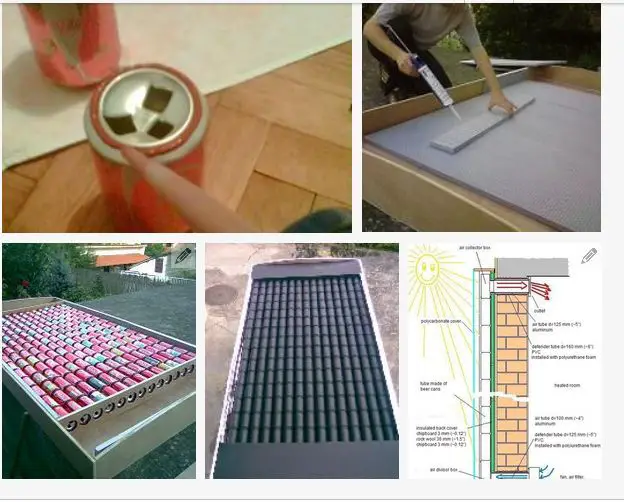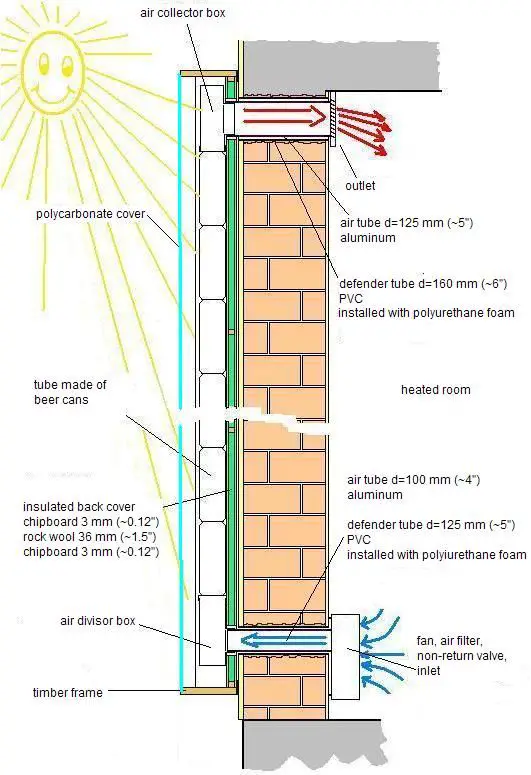How To Make a Solar Panel Out of Soda Cans
We’ve seen that soda cans can be repurposed in many ways in our homes, especially by transforming them into decorative items. This time, soda cans find themselves a practical role in our homes by becoming a solar panel. Of course, it takes some ingenuity, patience and basic knowledge of thermodynamics to turn those beverage empties into a powerful and efficient passive solar energy cell. Passive means that it does not generate electricity directly, but rather passively assists a standard generator or serves as heating. More specifically, the heat energy from the sun then transfers through the very conductive aluminum into the air inside. This solution fits as a glove to those homes built in isolated areas, while it is also an efficient means of saving money in urban areas as well.
Below are the few steps to follow showing you how to make a solar panel out of soda cans. It is advisable to perform a thorough assessment of your home insulation in order to improve heating efficiency and minimize all possible losses. This is very important because after minimizing heat loss in your home, you can actually install smaller solar system and get the same result as with the twice bigger heating system.
First of all, build the housing for solar collector which is typically is made of wood (plywood 15mm), while its front is 3 mm Plexiglas/polycarbonate, but you can use tempered glass as well. The back of the case set is made of 20mm rock wool as insulation to keep the sun generated thermal energy inside.
The next step is filling a basin with warm water and some mild dish soap. Insert the aluminum soda cans in the hot water for at least two hours before rinsing them clean with hot water to make sure different odors will be spread quickly. Mark the center of each of the bottoms of the soda cans with a pencil and then drills holes in the center of the bottoms of the soda cans, the same size the holes on top are.

How to make a solar panel out of soda cans – easy to craft
Glue the cans together to form a column the same length the wood frame has. Use heat resistant metal adhesive to fix them. Then paint the columns a deep shade of true black, using a thermally conductive paint. It is important to have this dark shade because this is what converts the solar energy into heat which can be harnessed in the form of flowing hot air.
The whole system should be in the end fitted with air fans, one at the base of the structure which will push the heat up to the other vent at the top of the panel which will then push the hot air inside, as seen in this sketch below. If the sun doesn’t shine, turn off the air supply or else the room will begin to cool off.

How to make a solar panel out of soda cans – the steps synthesized

Sources: Ehow.com, Freeonplate.com















